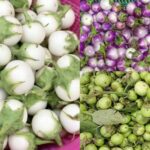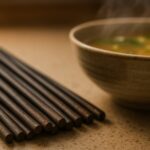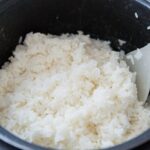The Dangers of Wilted and Sprouted Potatoes: A Health Hazard Hiding in Your Pantry
Storing potatoes for extended periods can be a common practice for many, but it may come with potential health risks. Wilted potatoes can accumulate high levels of solanine, a glyco-alkaloid that exhibits a bitter taste and can cause poisoning if consumed in large quantities.
When exposed to sunlight, the synthesis of solanine intensifies, affecting not just the skin but also other parts of the potato plant, including the leaves, stems, and especially the sprouts.
Typically, potatoes contain trace amounts of solanine, which is generally safe. However, when sprouts start to form, the toxin levels can increase significantly, leading to nausea, diarrhea, and even respiratory failure or hemolysis in severe cases.
Some people might remove the sprouts and consume the rest of the potato, but this practice is risky. It’s challenging to determine the exact spread of the toxin within the tuber. Therefore, to safeguard your health, it’s best to avoid eating sprouted potatoes altogether.
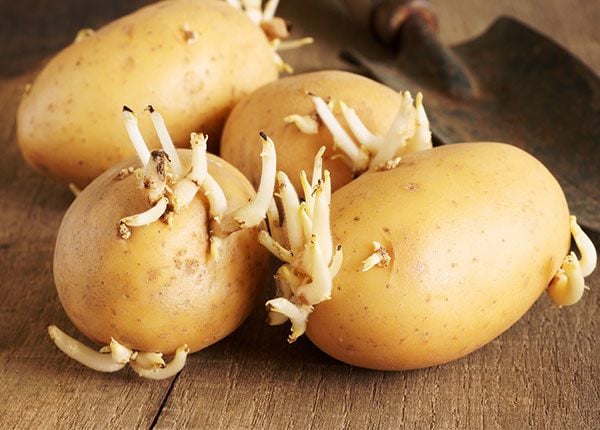
Avoid Eating Sprouted Potatoes to Protect Your Health
Bean Sprouts: The Dark Side of Chemical Stimulants
Bean sprouts are a familiar, easily cultivated, and nutritious food item. However, some individuals use chemicals to accelerate the growth of bean sprouts, making them plumper and more appealing to increase profits. Consuming chemically treated bean sprouts can have adverse effects on your health. Here are some indicators to help you distinguish between naturally grown and chemically stimulated bean sprouts:
Color and Shape of the Sprouts
Naturally grown bean sprouts usually have an ivory or slightly yellowish hue, whereas chemically treated sprouts exhibit an abnormally bright white color.
The use of growth stimulants like 6-Benzylaminopurine or Acid Gibberellins results in rounder and thicker sprouts due to rapid cell division and expansion.
Root Length
Naturally grown bean sprouts take around 3-5 days to develop, resulting in longer and more fibrous roots.
In contrast, chemically stimulated sprouts have a shorter growth period, leading to shorter, sparser, and darker roots near the base.
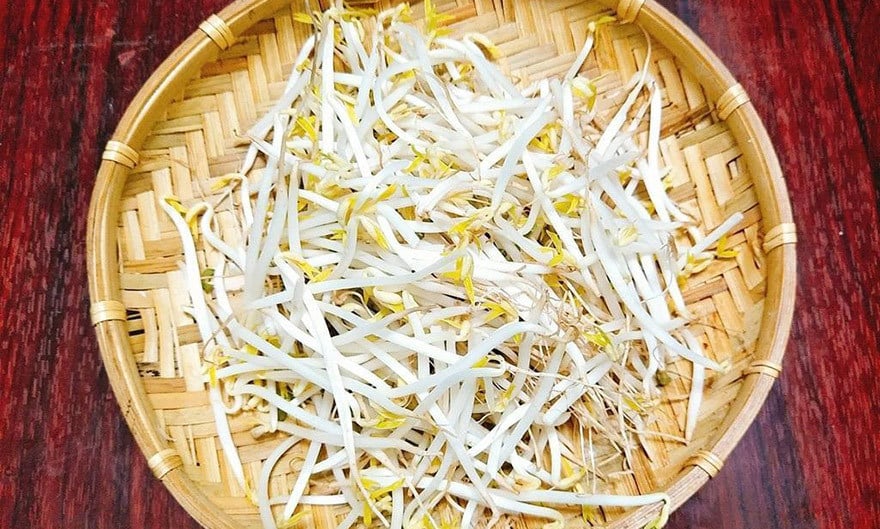
Chemically Stimulated Sprouts Have Shorter and Darker Roots
Sprout Length
Natural bean sprouts typically measure around 5-6 cm in length and offer a crisp, juicy texture when consumed.
Abnormally long sprouts may indicate the use of chemical growth stimulants. Research suggests that longer sprouts have lower protein and nutritional content.
Crispness and Internal Structure
Clean bean sprouts are usually crisp, moist, and produce a gentle cracking sound when broken. Chemically treated sprouts tend to be softer, spongier, and hollow, resulting in a chewier texture with less moisture.
Distinctive Aroma
Natural bean sprouts carry a subtle yet distinctive bean aroma.
Bean sprouts treated with chemicals may exhibit strange or pungent odors.
Recommendation: To safeguard your health, purchase bean sprouts from reputable sources or consider growing them yourself to maintain quality and avoid the risks associated with chemical consumption.
Pre-Cut Vegetables: A Convenient Choice but at What Cost?
The convenience of pre-cut vegetables has attracted many, but opting for untraceable and unhygienic sources can pose health risks.
Uncertain Freshness and Quality
Pre-cut vegetables might be prepared from wilted or partially rotten produce, with only the visibly damaged parts removed, making them appear fresh.
It’s challenging to assess the actual freshness of such vegetables when purchasing them.
Food Safety Concerns
The preparation process might not adhere to hygienic standards if handlers don’t wear gloves or use unclean cutting tools.
Improper storage can lead to bacterial growth, increasing the risk of food poisoning.
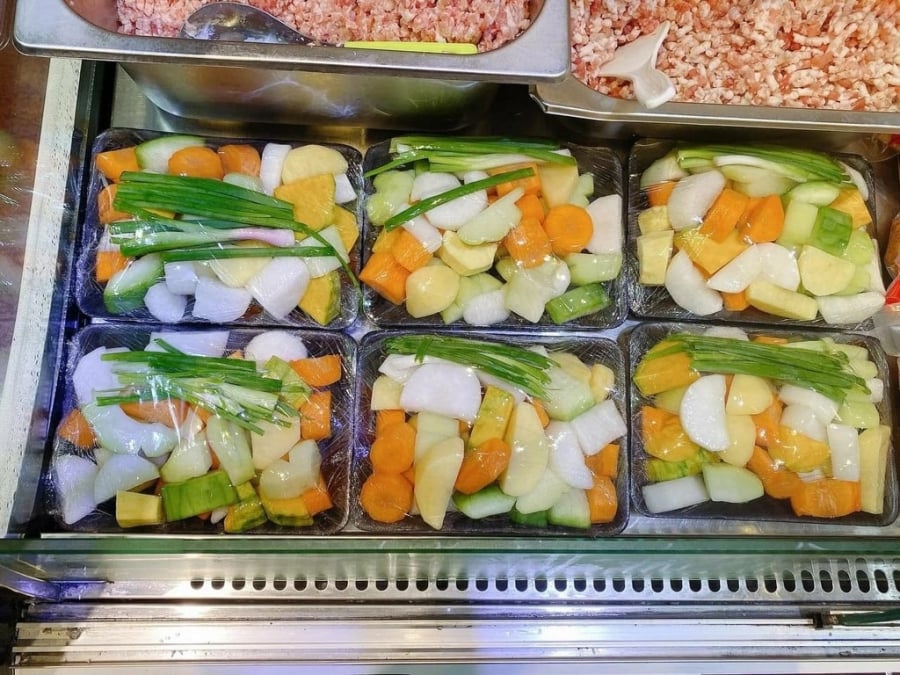
Improper Storage Can Lead to Bacterial Growth and Food Poisoning
Nutritional Loss and Bacterial Contamination
Prolonged exposure to air activates oxidizing enzymes, leading to a decline in nutritional value.
The open environment also facilitates bacterial growth, especially under subpar storage conditions.
A Safer Alternative: Opt for whole vegetables and process them yourself. If you prefer pre-cut options, choose packaged products with clear origins, stored under food safety standards.
3 Bad Habits That Turn Eggplants From Superfood to Super-toxic: Uncover the Right Way to Enjoy This Delicious Veggie
“Cà pháo, a versatile vegetable that stars in countless culinary delights, especially the iconic cà pháo muối, a staple in traditional Vietnamese meals. However, unbeknownst to many, improper consumption of this vegetable can lead to potential health hazards. Discover the hidden dangers lurking beneath the enticing flavors of cà pháo and learn how to navigate its consumption safely.”
6 Cooking Habits That Are Ruining Your Meals and Your Health: Bad for Your Heart and Waistline. #3 Will Surprise You!
“Unhealthy cooking habits can take away the joy of relishing delicious meals and impact your family’s health. It’s time to revamp your culinary routines and embrace a healthier approach to cooking. Say goodbye to these common mistakes and watch your dishes transform into mouth-watering, nutritious delights that everyone will love.”
The Unassuming Culprits: 4 Everyday Items That May Be Harming Your Family’s Health
The kitchen is often the heart of a home, but it can also be a hotbed of hidden health hazards. While they may seem harmless, everyday kitchen items can pose serious risks to your well-being if used long-term. Experts are now warning about four common items in particular that could be detrimental to your health, urging homeowners to remove them from their kitchens immediately to avoid potential illnesses.

























